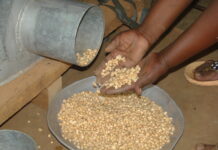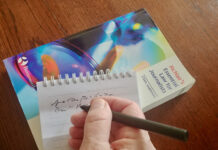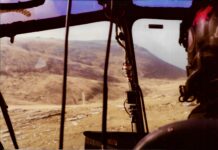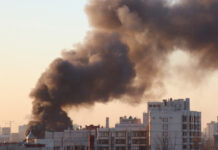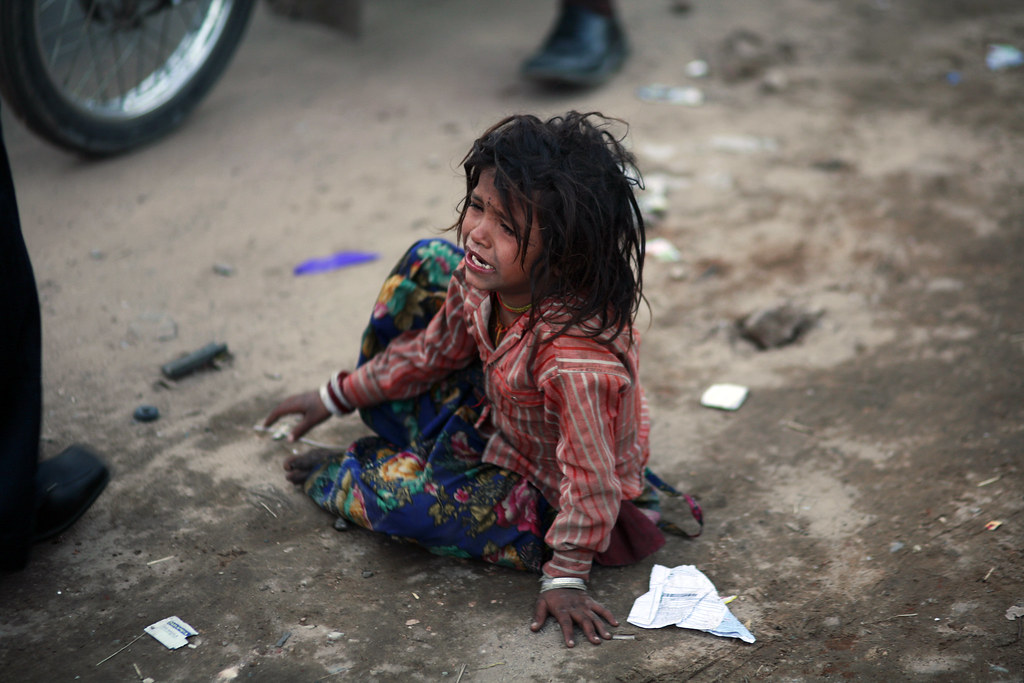
In this scenario a reporter tells the newsdesk that she has a strong news story only to find that the facts were not as they seemed.
You have been sent to cover an incident at a border crossing following reports that a large group of asylum seekers is trying to gain entry to a neighbouring country.
It’s reported that shots have been fired and some people have been killed.
You arrive and see a child sitting by the roadside crying. You think it’s been abandoned and take a picture. It’s a moving shot.
You call your news editor and prepare to send the image back to the newsroom. The news editor is excited; pictures like this win awards.
As soon as you have sent the image, the child’s mother appears and picks the child up. It stops crying.
It seems the child’s grief was caused, mainly, by being separated from its mother. Once it saw its mother it seemed to be happy – despite the chaos surrounding it.
The mother shouts at you for taking a photograph, and wanders off into the crowd with her child.
What should you do?
- Pretend the incident with the mother never happened. You have already alerted the news desk. They want to use the image. The mother will probably never know and is unlikely to take action, and you could end up winning a journalism award for the picture.
- Talk to your news editor, explain the situation but recommend that the image is used anyway because, although it’s not accurate, it does show the misery and suffering at the border crossing.
- Look for another shot more representative of the story even though it may be less powerful.
Suggested action
The best course of action would be to look for another shot more representative of the story even though it may be less powerful.
Why option 3 the right answer
It’s all about accuracy and reporting honestly from a situation.
- Don’t just go for the shocking, sad and emotionally-charged images without finding out whether they really reflect the scene you are witnessing; to do so may be exploiting the victims and failing to uncover the true cause of the distress.
- Be sure that what you photograph accurately reflects the true situation and is not a distortion of reality; on the other hand, never ignore the one-off that could reveal an aspect of neglect or harm that has so far gone unnoticed.
- Never stage-manage a shoot to hype up the story; your job is to report through images what has actually happened.

Analysis:
This scenario presents a classic ethical dilemma for a journalist: the conflict between capturing a powerful, emotionally resonant image and maintaining journalistic integrity. It highlights several critical points:
- The power of visuals:
- The image of the crying child is inherently compelling. It taps into universal emotions of vulnerability and distress. This is why the news editor is so enthusiastic.
- However, this power can be easily misused. A single image, taken out of context, can create a false narrative.
- The importance of context:
- The initial assumption was that the child was abandoned, leading to the interpretation of the image as a symbol of the broader tragedy at the border.
- The reality, however, was far more nuanced. The child’s distress was primarily due to separation from its mother, a temporary situation within the chaotic environment.
- This is a key example of how a lack of context can lead to a false narrative.
- Ethical considerations:
- Using the image without the full context would be exploitative. It would capitalise on the child’s distress for sensationalism, rather than providing accurate reporting.
- The mother’s reaction underscores the potential harm caused by such actions. It is a violation of her and her child’s privacy and dignity.
- The journalist has a duty of care, and that includes protecting the vulnerable.
- The pressure of news cycles:
- The news editor’s eagerness reflects the pressure to deliver impactful content quickly.
- However, this pressure should never compromise journalistic ethics. Accuracy and fairness must always take precedence.
- The dangers of confirmation bias:
- The reporter and editor were both quick to jump to conclusions, because the image seemed to confirm what they expected to find at a border crossing. This is confirmation bias, and it can lead to serious errors in reporting.
Issues:
- The broader implications:
- This scenario reflects the broader issue of how media representations can shape public perceptions of complex issues like migration and asylum.
- Misleading images can fuel prejudice and misinformation, contributing to harmful stereotypes.
- In the age of social media, these images can spread rapidly, amplifying their impact.
- The importance of verification:
- This case emphasises the need for thorough verification before disseminating information.
- Journalists must go beyond surface appearances and seek to understand the underlying causes and context of events.
- This includes talking to those directly involved, gathering multiple perspectives, and checking facts.
- The role of responsible journalism:
- Responsible journalism involves not only reporting the news but also providing context and understanding.
- It means being mindful of the potential impact of images and words, and striving to present a balanced and accurate portrayal of events.
- It also means having the courage to admit mistakes and correct them.
- The long term effects:
- If the image was published, it could damage the reputation of the news agency, and the reporter.
- It could also create a distrust of news in the general public.
Summary:
This scenario teaches us that:
- Powerful images can be deceptive and must be handled with care.
- Context is crucial for accurate reporting.
- Journalistic ethics must always take precedence over sensationalism.
- Verification and responsible reporting are essential for maintaining public trust.
- The rush to publish, can lead to serious mistakes.
The correct action is to find another image that accurately represents the situation. This demonstrates a commitment to ethical journalism and a respect for the individuals involved.


